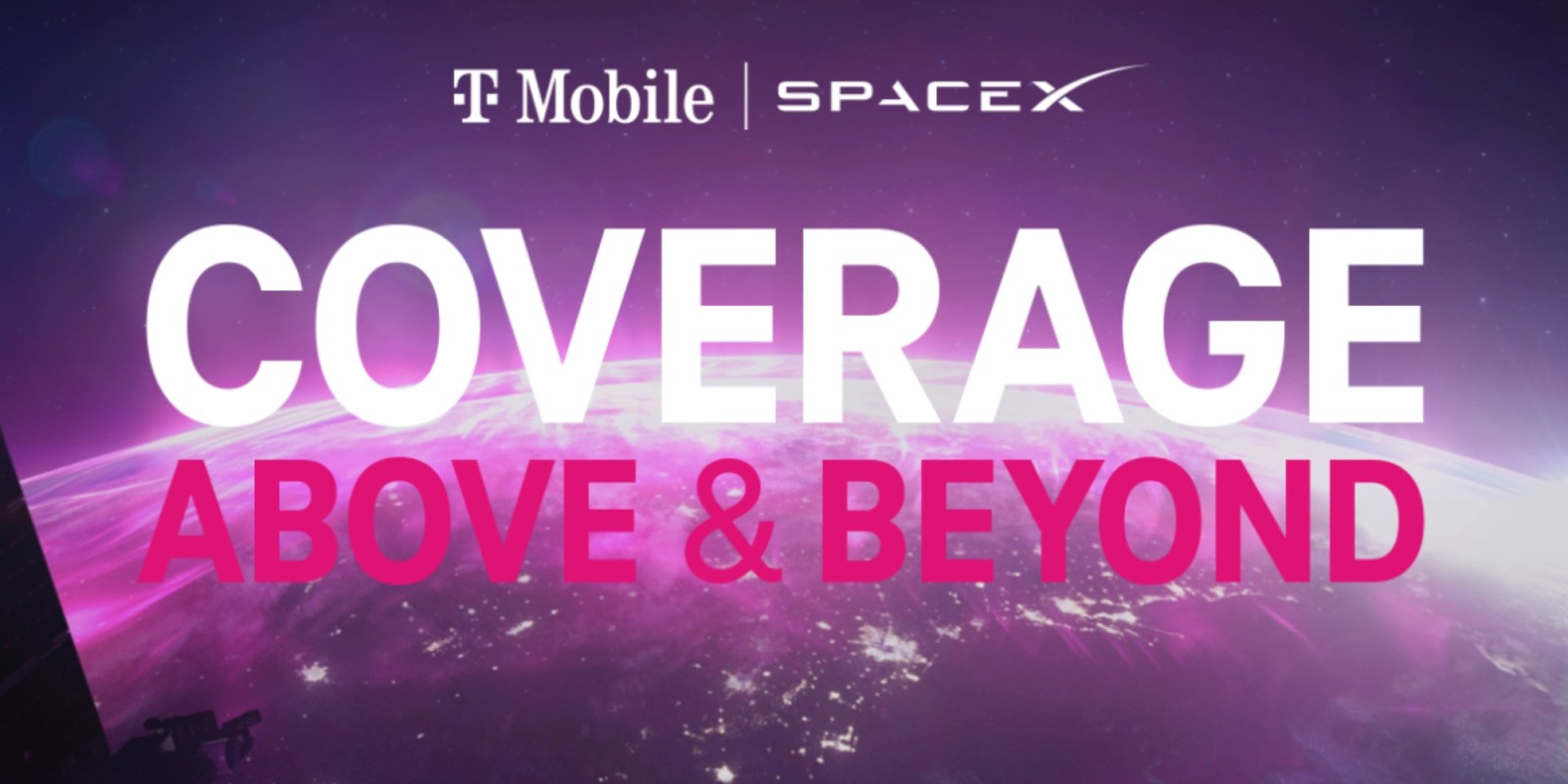
Last year SpaceX and T-Mobile announced somewhat vague plans to turn Starlink into cell service for dead zones. A new filing with the FCC provides an update on the state of play so far.
This story is supported by Mosyle, the only Apple Unified Platform. Mosyle is the only solution that fully integrates five different applications on a single Apple-only platform, allowing businesses and schools to easily and automatically deploy, manage, and protect all their Apple devices. Over 38,000 organizations leverage Mosyle solutions to automate the deployment, management, and security of millions of Apple devices daily. Request a FREE account today and discover how you can put your Apple fleet on auto-pilot at a price point that is hard to believe.

In a letter addressed to the Federal Communications Commission, SpaceX vice president of satellite policy David Goldman urged the FCC to push through a request needed for approval to move forward.
SpaceX and T-Mobile are poised to bring the massive benefits of ubiquitous coverage to millions of American consumers through their supplemental coverage from space partnership. […] Now that the comment cycle has closed, SpaceX and T-Mobile urge the Commission to follow through with its commitment to process innovative supplemental coverage applications by expeditiously approving SpaceX’s modification application.
Specifically, SpaceX is seeking authorization to use T-Mobile’s PCS G Block spectrum for Supplemental Coverage from Space.
In other words, SpaceX really wants to be able to charge T-Mobile for access to Starlink satellites in the name of eliminating coverage dead zones.
The problem is that competitors like Dish Network and AT&T are crying foul over concerns that the new service could disrupt their operations. In the case of Omnispace, a company that wants to provide the same type of service, that may be because the alliance would literally disrupt their business.
For its part, SpaceX has provided what it hopes is enough evidence to convince the FCC that its direct-to-cell service won’t interfere with existing terrestrial and planned space operations.
As for when T-Mobile customers can expect to drive off into the wilderness and still phone home, the answer remains as nebulous as ever.
In the meantime, Apple has built satellite phone functionality into the iPhone starting with the current iPhone 14 lineup. (The SpaceX/T-Mobile solution differs by being compatible with all smartphones.)
Speaking of nebulous, we still don’t know how much Apple plans to charge customers for satellite phone service. The Globalstar-powered Emergency SOS service went live first in the US in November 2022 for the low price of free for two years.
FTC: We use income earning auto affiliate links. More.


Comments